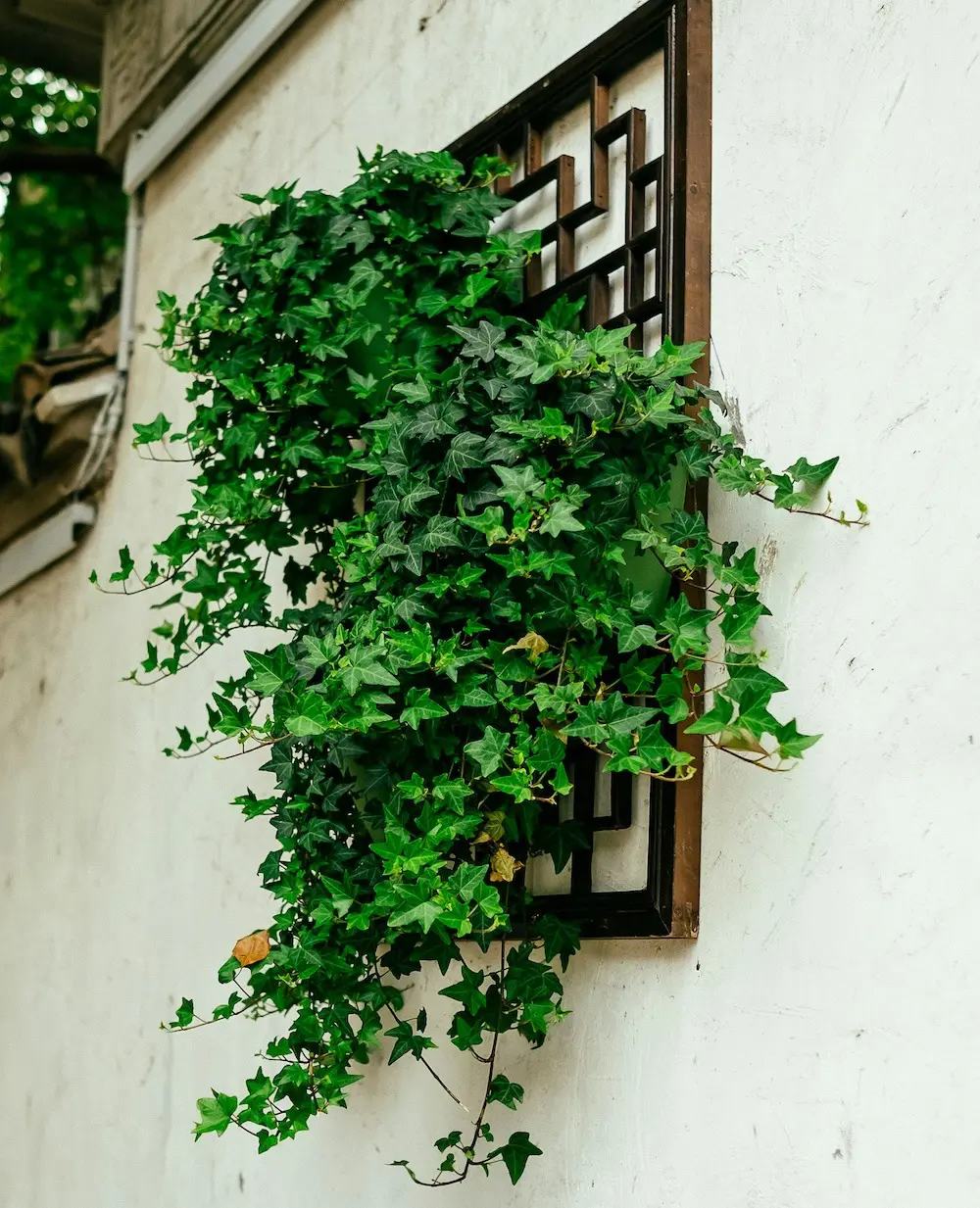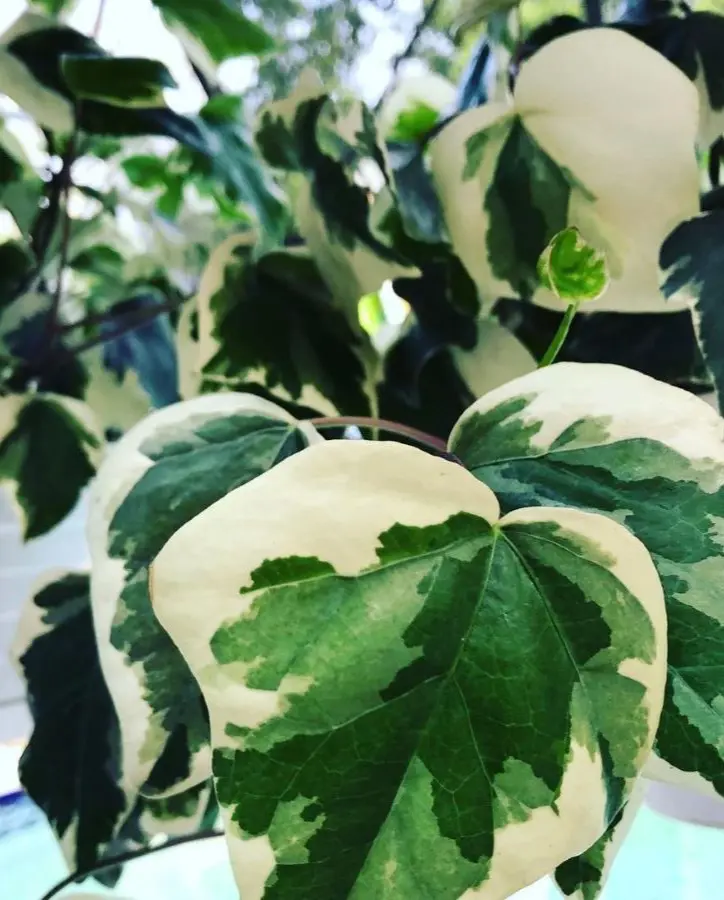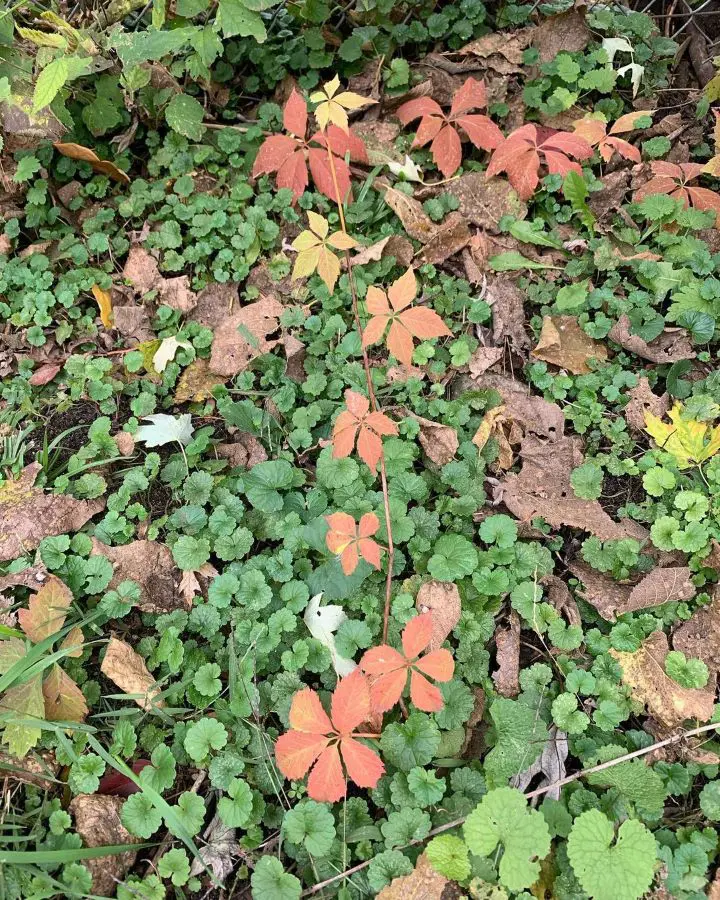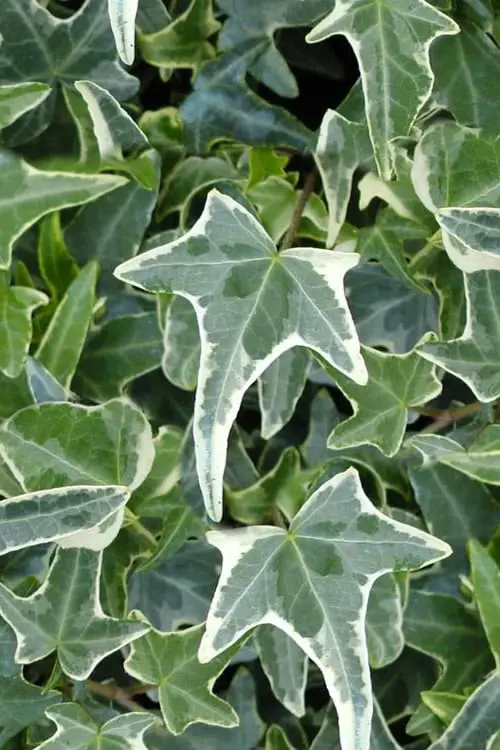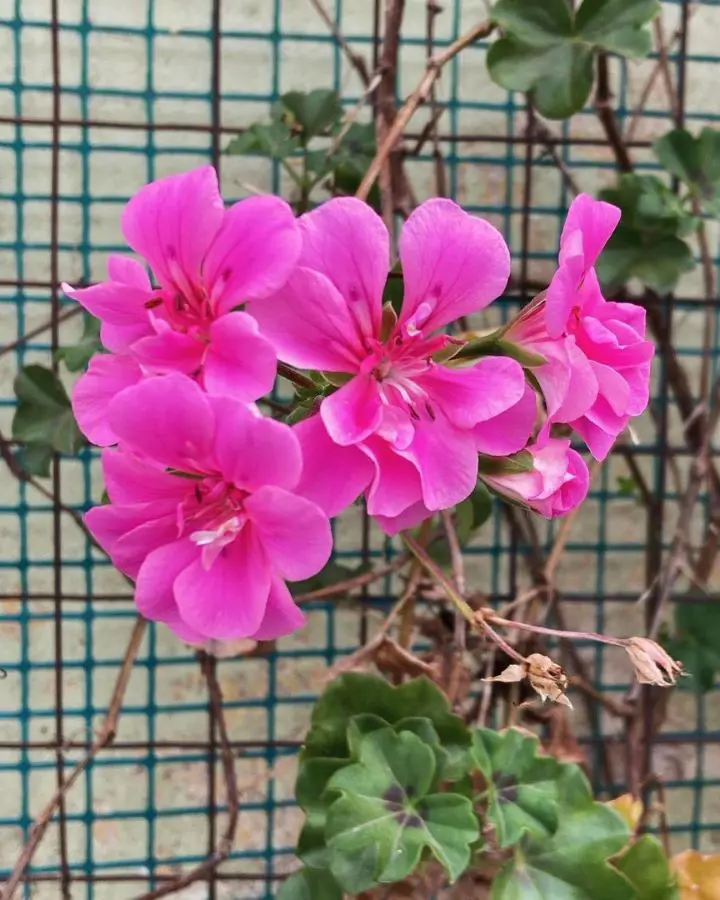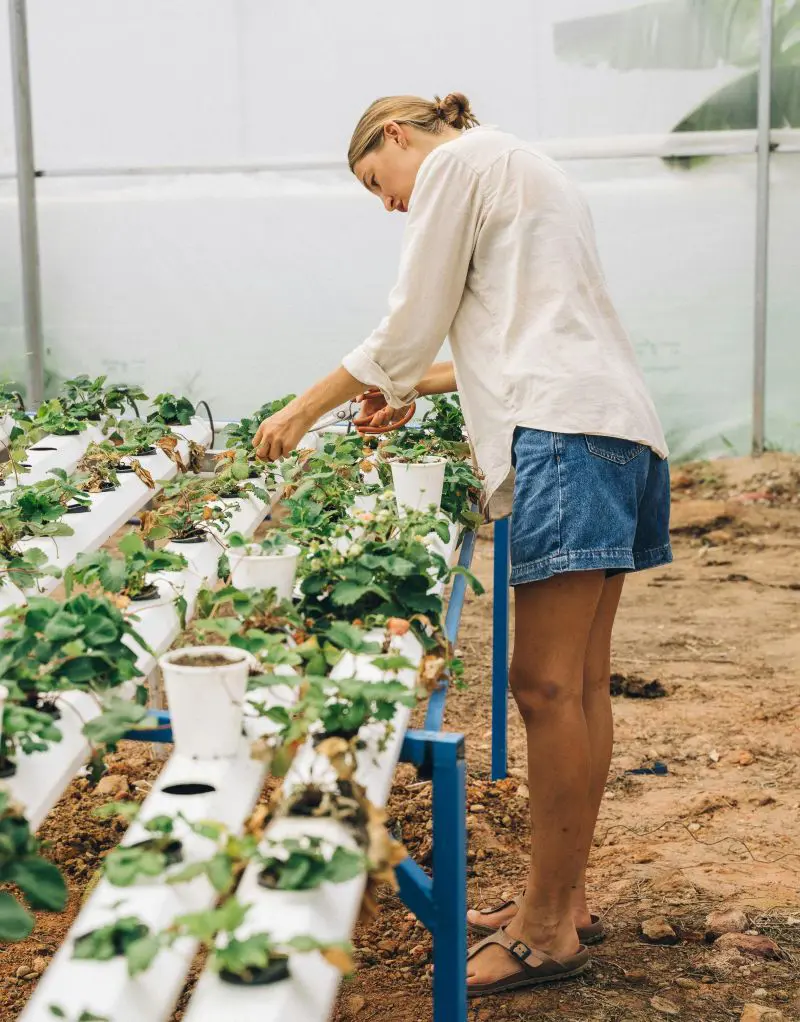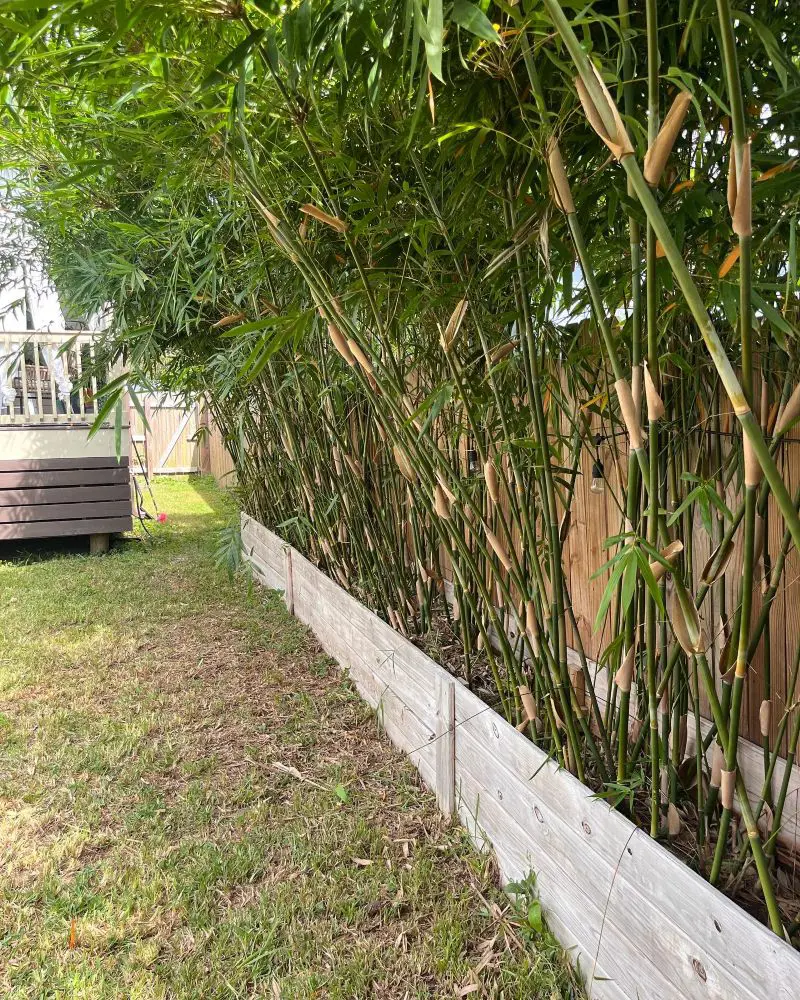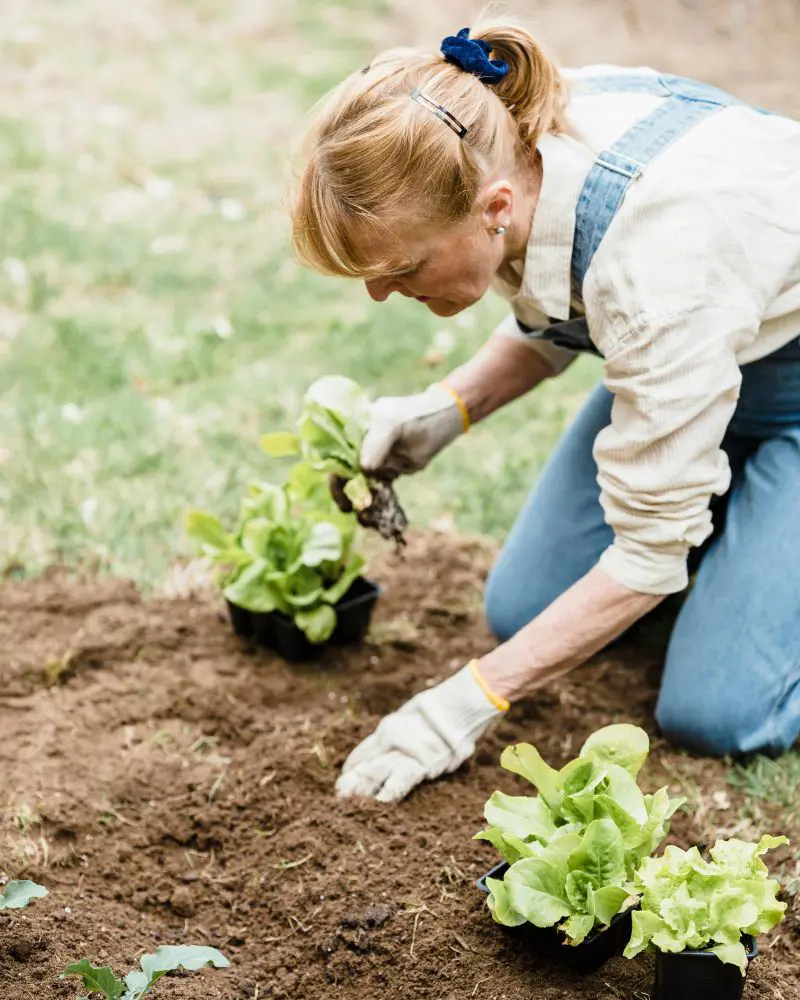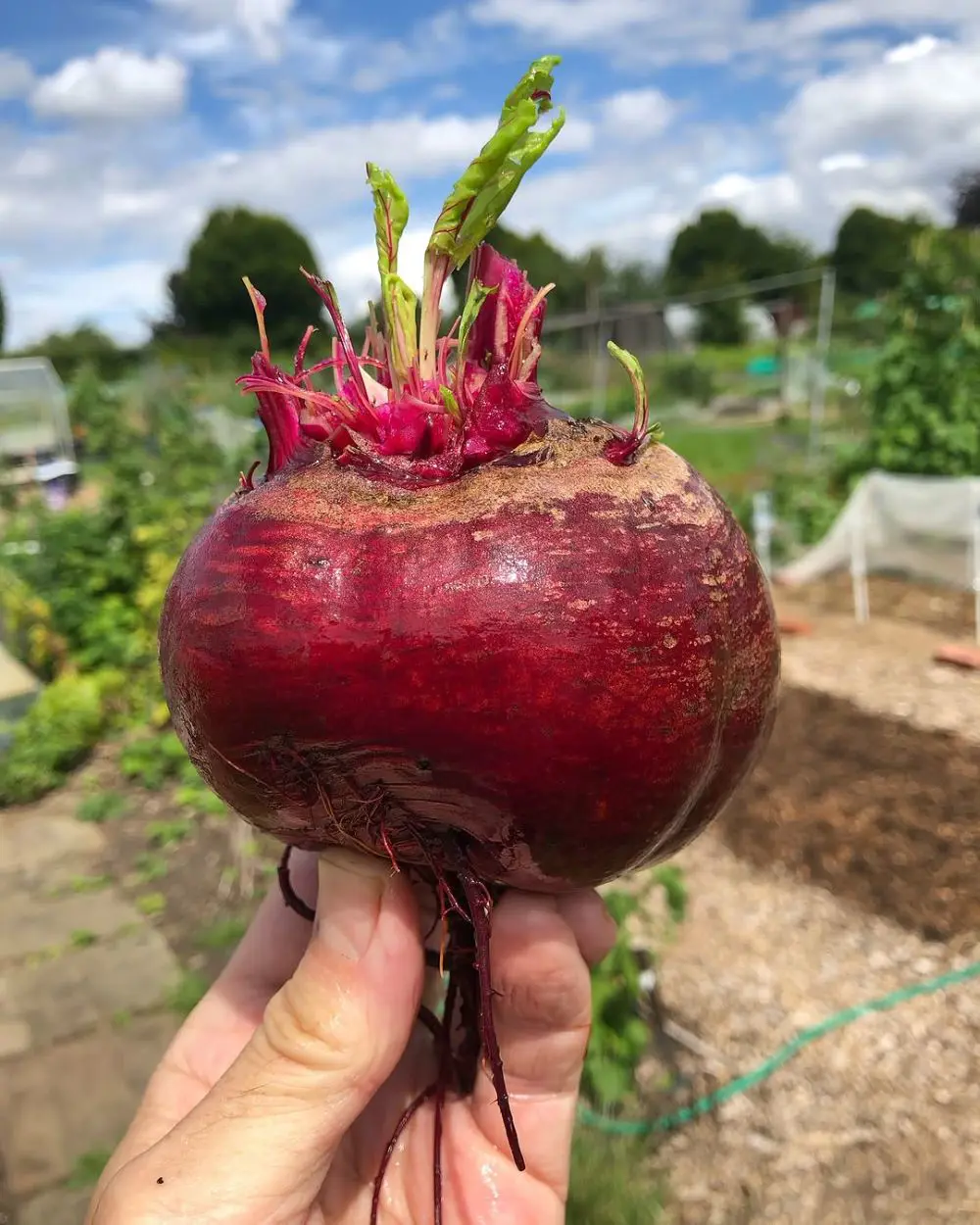1. English Ivy
- USDA Growing Zones: 4 to 9
- Height: 20 to 80 feet
- Sun Exposure: Partial sun to full shade
English ivy, also known as hedera helix, is one of the most common ivy plant types. It is an evergreen climbing vine primarily grown for its glossy and vibrant green leaves, even though it bears flowers.
The best time to grow this ivy is in spring and in containers or baskets where its trailing vines can hang down. It does not require much water. In fact, they should be kept slightly on the dry side, so ensure your soil is dry to the touch before watering your ivy plants.
